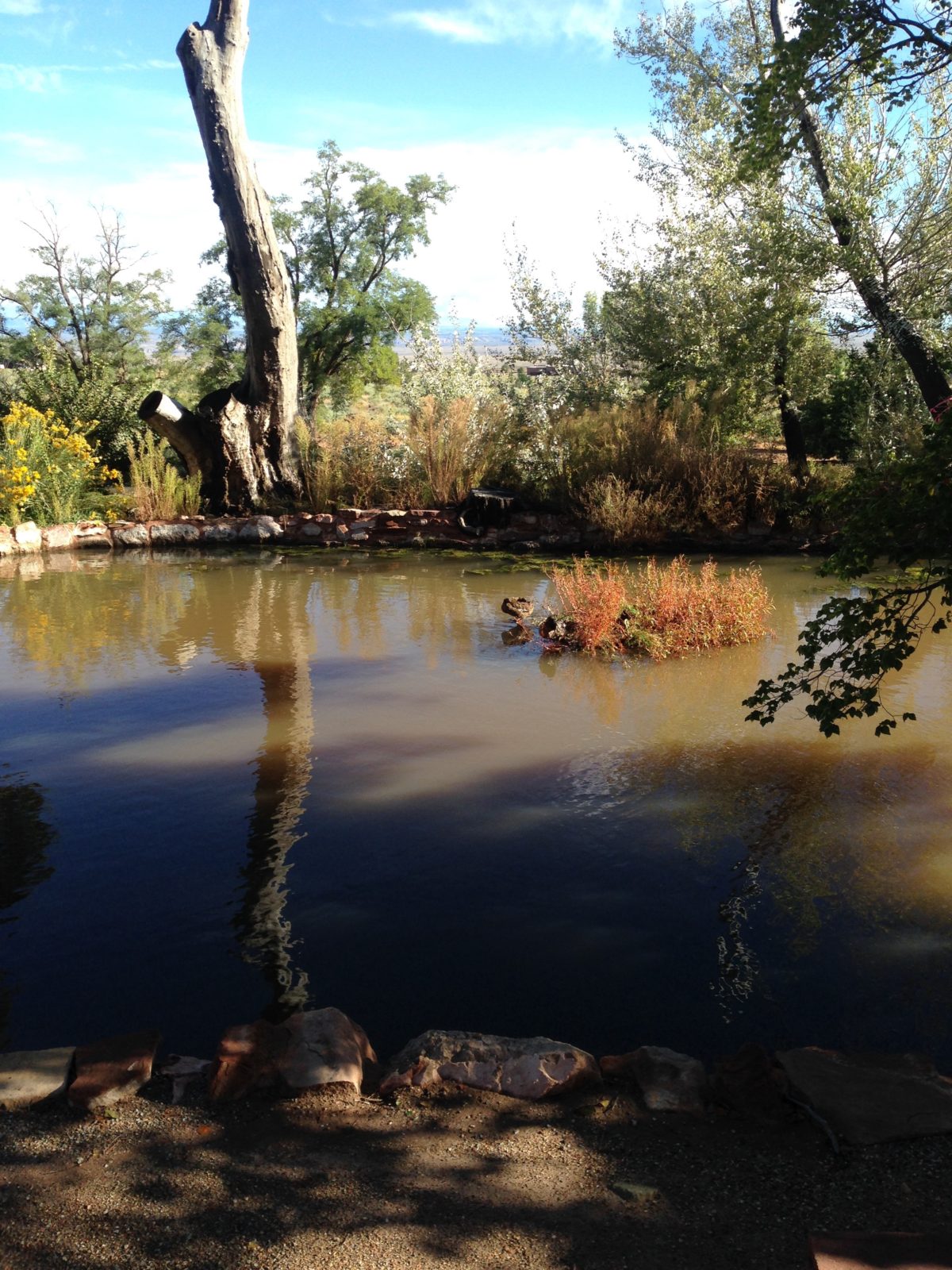Remote desert oasis: Pipe Spring National Monument
Talk about remote national park units…. how about Pipe Spring National Monument in northern Arizona? Folks driving from Grand Canyon National Park in Arizona to Zion National Park in Utah pass right by the turnoff to the national monument, not realizing the unique history preserved in this desert oasis.
The national monument is only 13.7 miles to the west of Fredonia, Arizona; about half way between Fredonia and Colorado City on the “Arizona Strip” – a remote area north of the Grand Canyon.
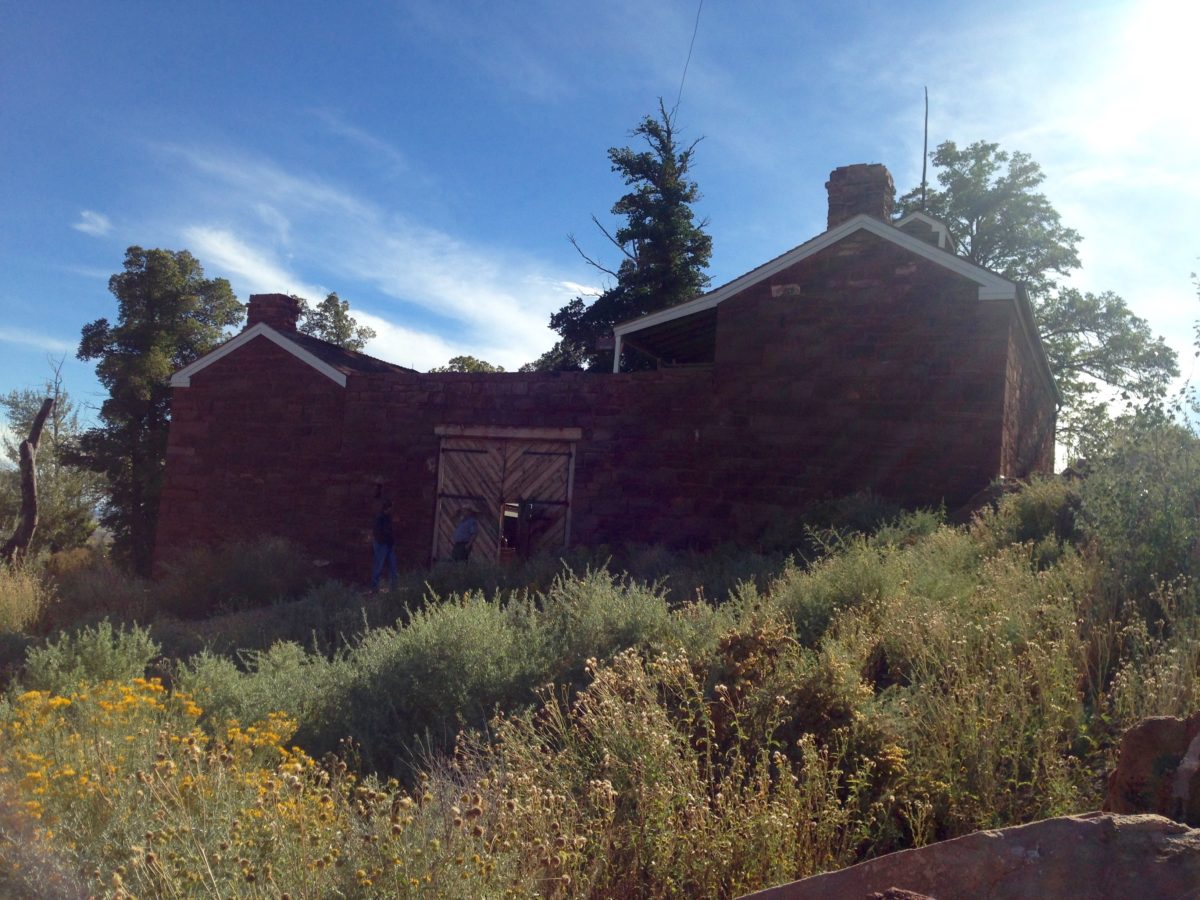
What is Pipe Spring National Monument?
It’s all about the water … Pipe Spring is a natural spring in what is otherwise an arid grassland in northern Arizona. As desert-dwellers ourselves, we understand how important water is and how far-and-few-between natural springs are in the desert.
This spring was the life blood for people, animals and plants for thousands of years; without this water, nothing could survive here. Native americans not only relied on this reliable water source, they also raised crops and harvested seeds from the surrounding grasslands.
What did we learn at Pipe Spring National Monument?
We learned how cruel people are; seeing how the actions of the early Mormon pioneers disrupted the fragile balance of life in the desert; resulting in some of the earliest “water wars”. In the 1850’s, they began to settle in this area and brought in cattle ranching. Not only did the cattle damage the delicate ecology in the area, the pioneers monopolized the water source.
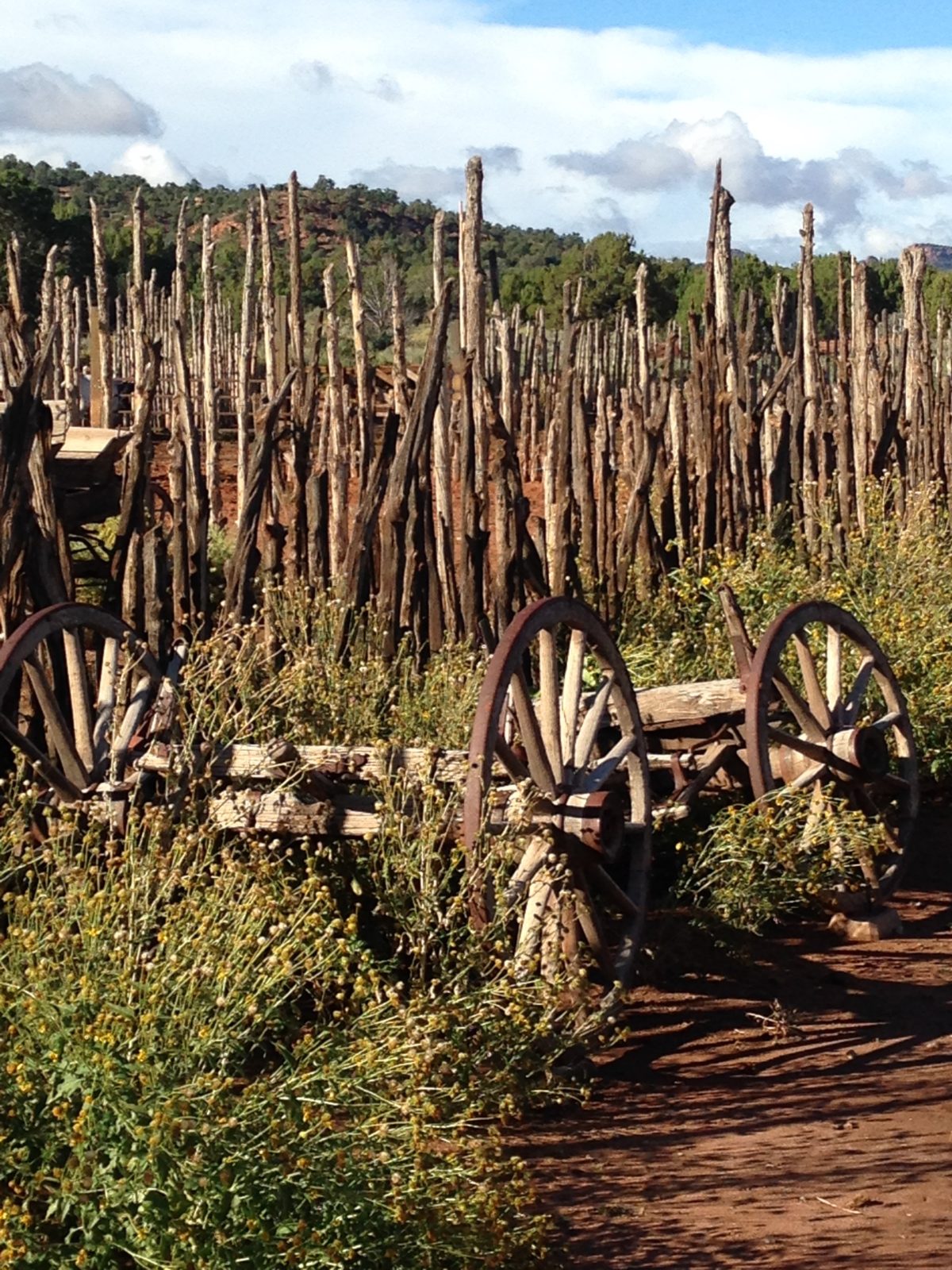
In the 1870’s the pioneers built a fort to protect themselves from cattle raids; building it right over the spring, in effect claiming it for themselves. Eventually the LDS church took over fort and ranch, renaming it Winsor Castle for the man they brought in to manage it.
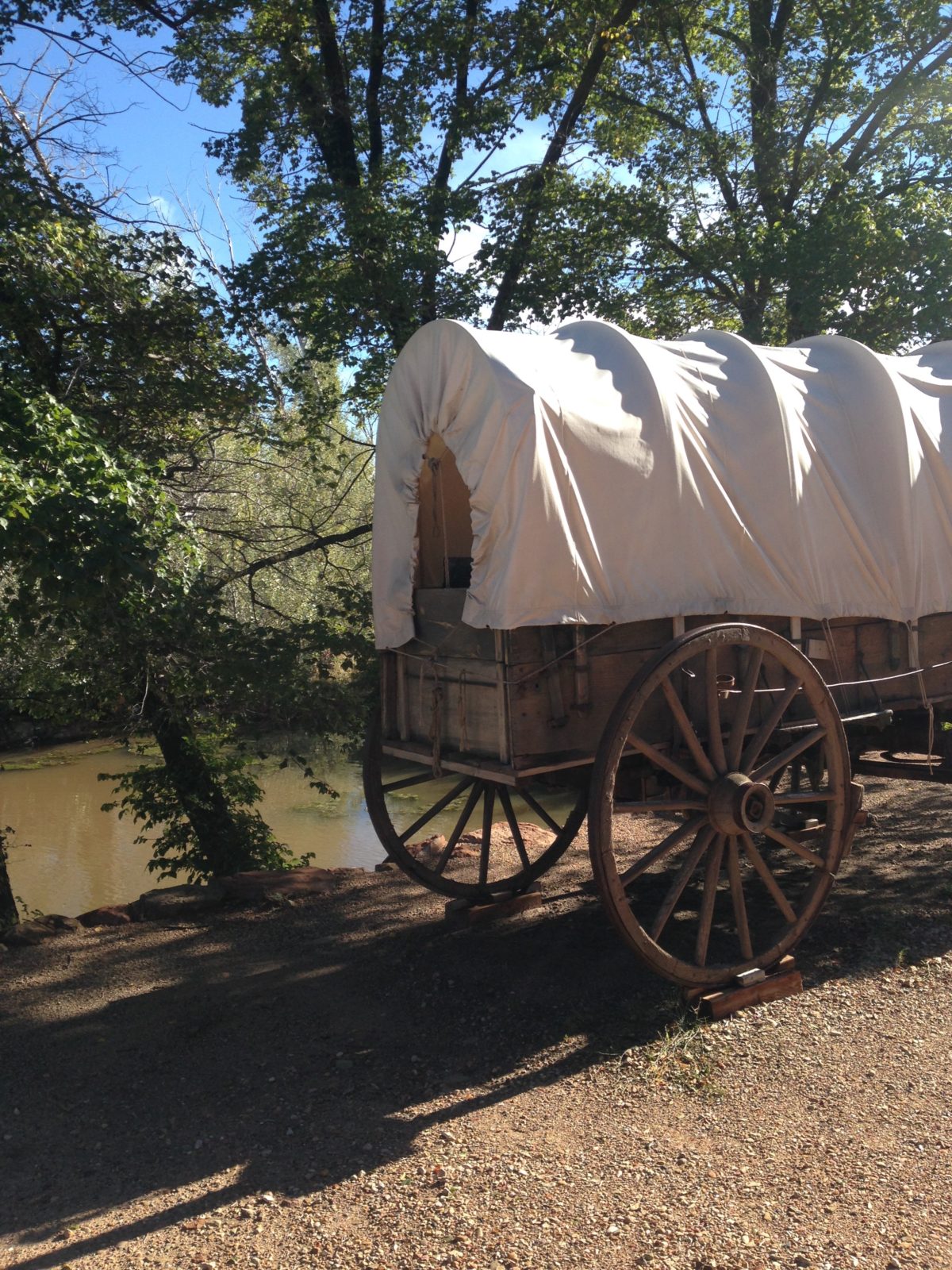
For years the fort was a way station for travelers and a refuge for polygamist wives. But that was not the end of the conflict. The American government at the time was not supportive of the LDS church and continued to look for ways to reduce the church’s power. Finally in 1887, anti-polygamy laws leveled penalties against the church that eventually caused them to loose Pipe Spring.
The Paiute Indians continued to live in the area and in the early 1900’s the Kaibab Paiute Indian Reservation was established. The ranch remained in private ownership until 1923, when it was purchased and set aside as a national monument; preserving the history of the early American Indians, explorers and Mormon pioneers.
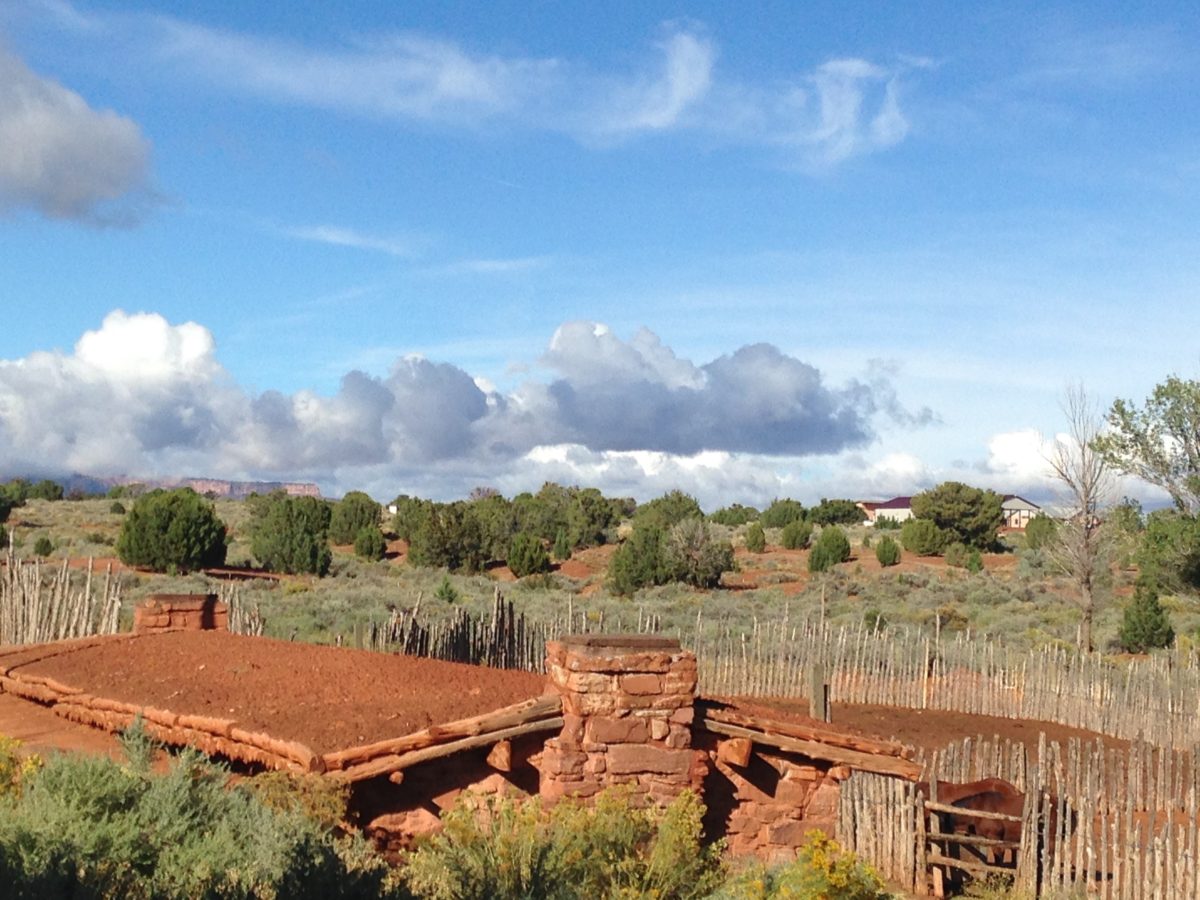
Pipe Spring National Monument is located on the Kaibab Paiute Indian Reservation. In fact, the visitor center is the “Pipe Spring National Monument – Kaibab Band of Paiute Indians Visitor Center and Museum”. The Pauites offer a small RV and campground nearby.
Things to do at Pipe Springs National Monument
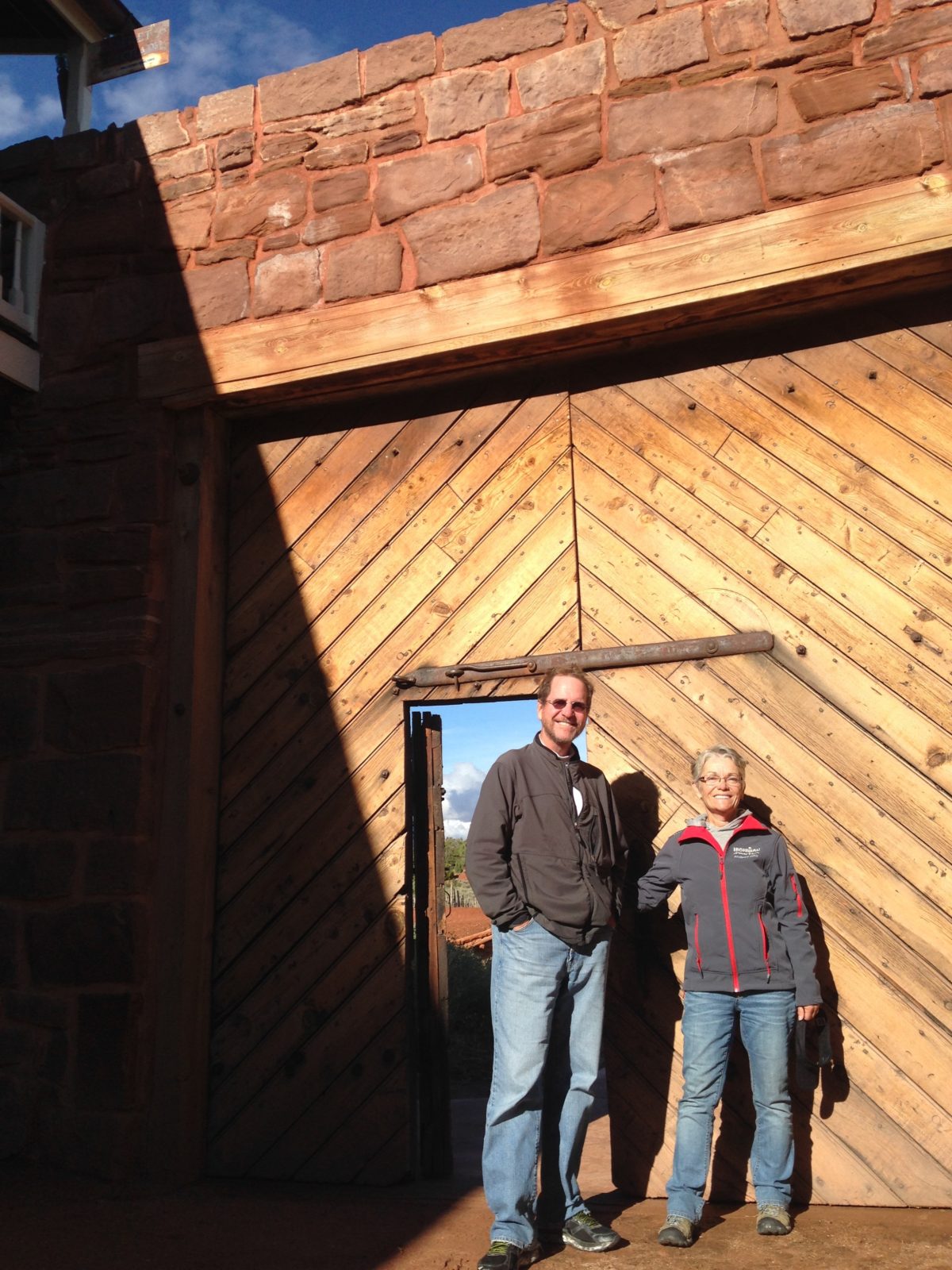
The main attraction is to join a ranger-led of the fort. The ranger who took us on the tour was incredibly interesting and knowledgable. After the tour, we visited the cabins with their cowboy history, and walked around the orchard and garden. It’s a really good way to get a vision of what life was like in the pioneer days in the desert southwest.
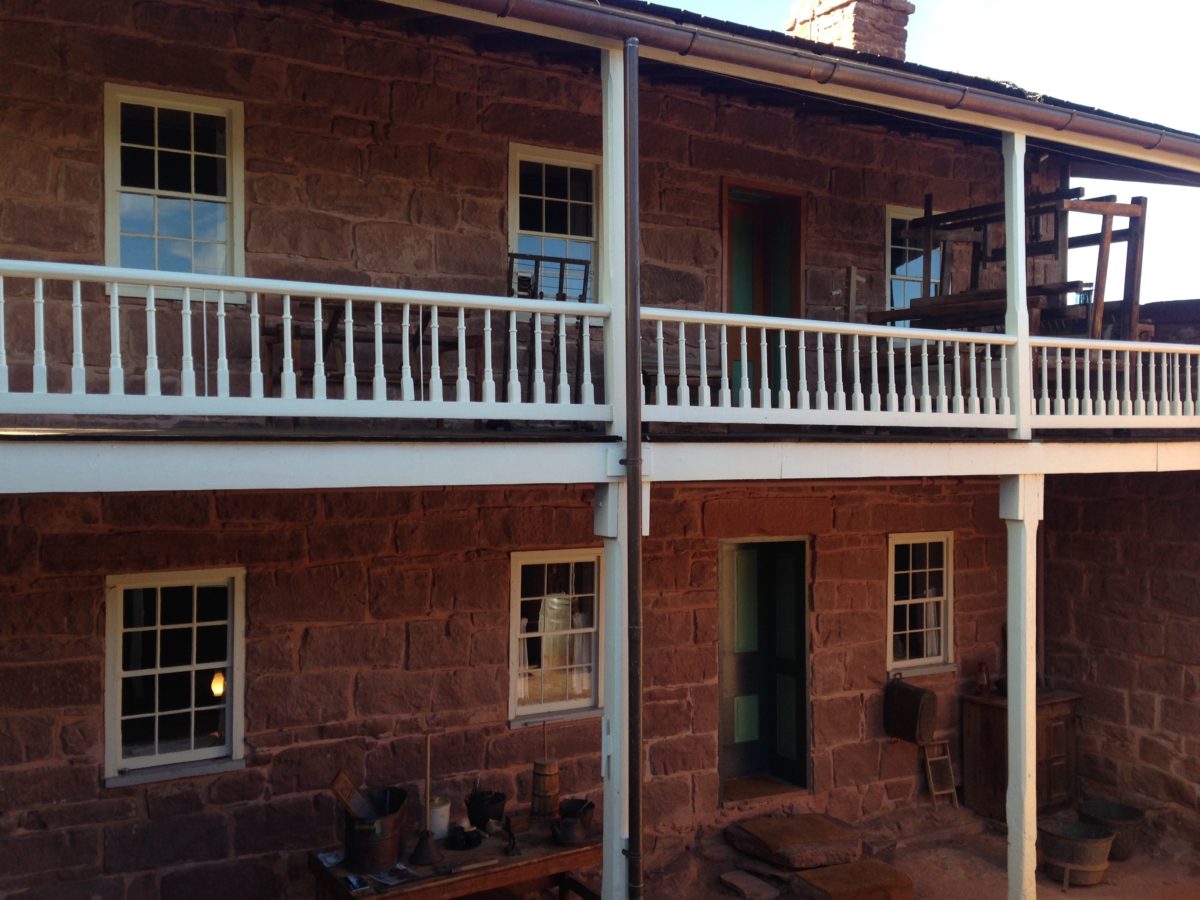
There is also a good movie and a museum in the visitor center. After the long drive, we were happy to stretch our legs on the trail. It’s only a 1/2 mile trail but the vistas are pretty nice.
If you decide to go, know that it won’t be a long stop, but it will be an interesting one.
#FindYourPark
#SeeAmericaFirst

